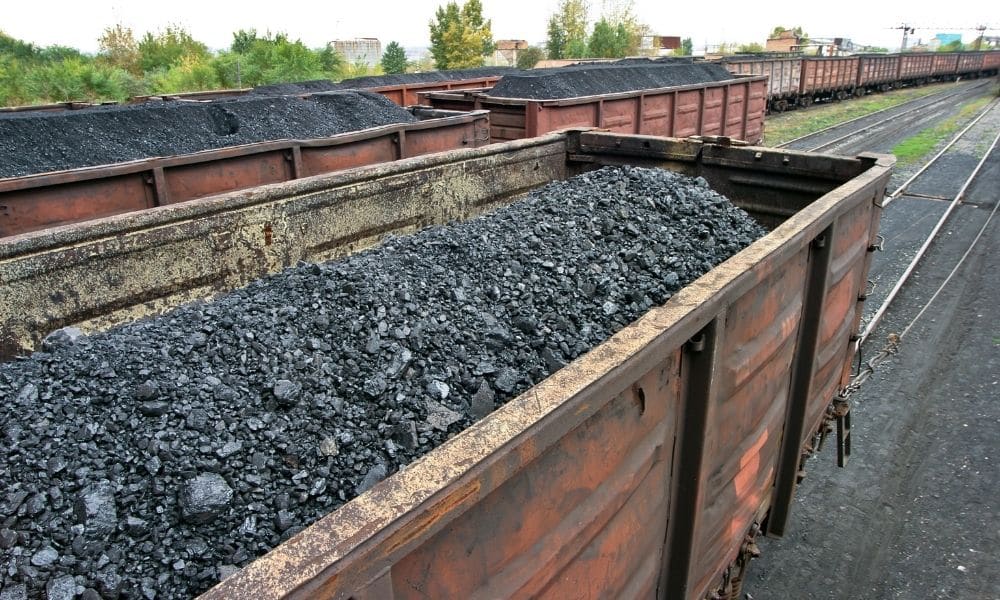
Transloading is the act of moving goods from one mode of transportation to another. It’s necessary for moving all sorts of materials and goods throughout the world. One of the biggest methods of moving products is trains, especially in the USA. But trains can carry loads that are thousands of pounds, making transloading difficult and time-consuming. That’s why many trains use transloader systems, like a railcar unloading conveyor, to move products. So, how does a transloader system work for trains?
Inlet
Every transloader system starts with the inlet and unloading the products. The inlet is the place that you load the goods from the train to start the transloading process. There are many different styles of inlets depending on the type of goods you move. One example would be the low-profile inlet where trains deposit their goods by dropping them into the inlet, which then carries them off.
Internal Conveyor
Most transloader systems use conveyors to move products around, freeing up manpower and completing the process quickly. The conveyor style changes depending on the materials, but a lot of them are enclosed conveyors to prevent spilling and unnecessary exposure.
Outlet
At the other end of the transloader system is usually an outlet—a place for the materials to exit the transloader system and move onto the new transportation. Yet again, the outlet style can vary depending on the materials you’re moving and the vehicle you are moving the product into.
Moveable vs. Stationary
A big consideration for transloading systems is if they are stationary or mobile systems. Installing a stationary system means you plan on only moving the same products between the same types of trains. A mobile system is something you can change out, letting you process and transload a variety of different goods. This can completely change how your whole system runs, as mobile systems are more versatile but less efficient the more you need to switch them.
This is the simple explanation of how a transloader system works for trains. By having the trains pull up to the system and deposit their goods into the inlet, they can transload their goods onto another train. This makes the process much quicker and easier than manually loading and unloading the product.
